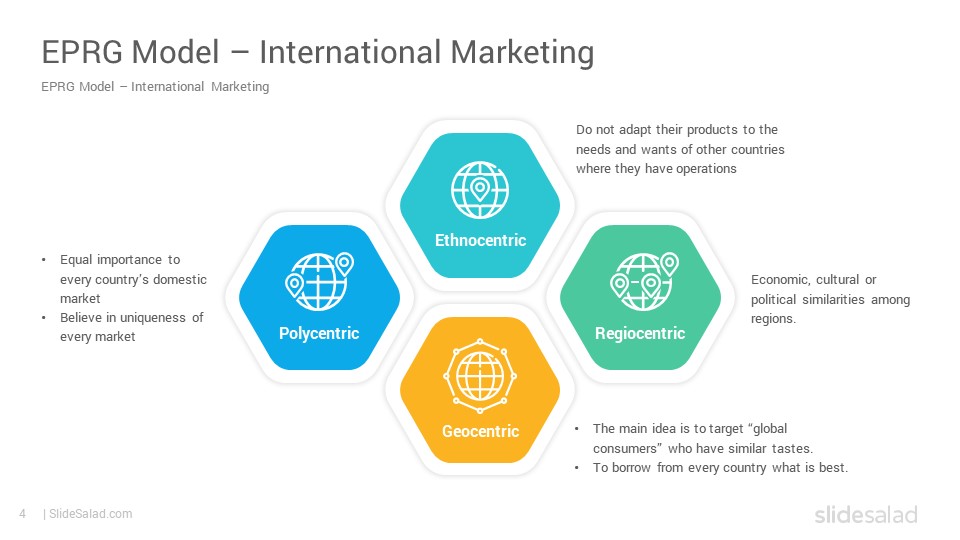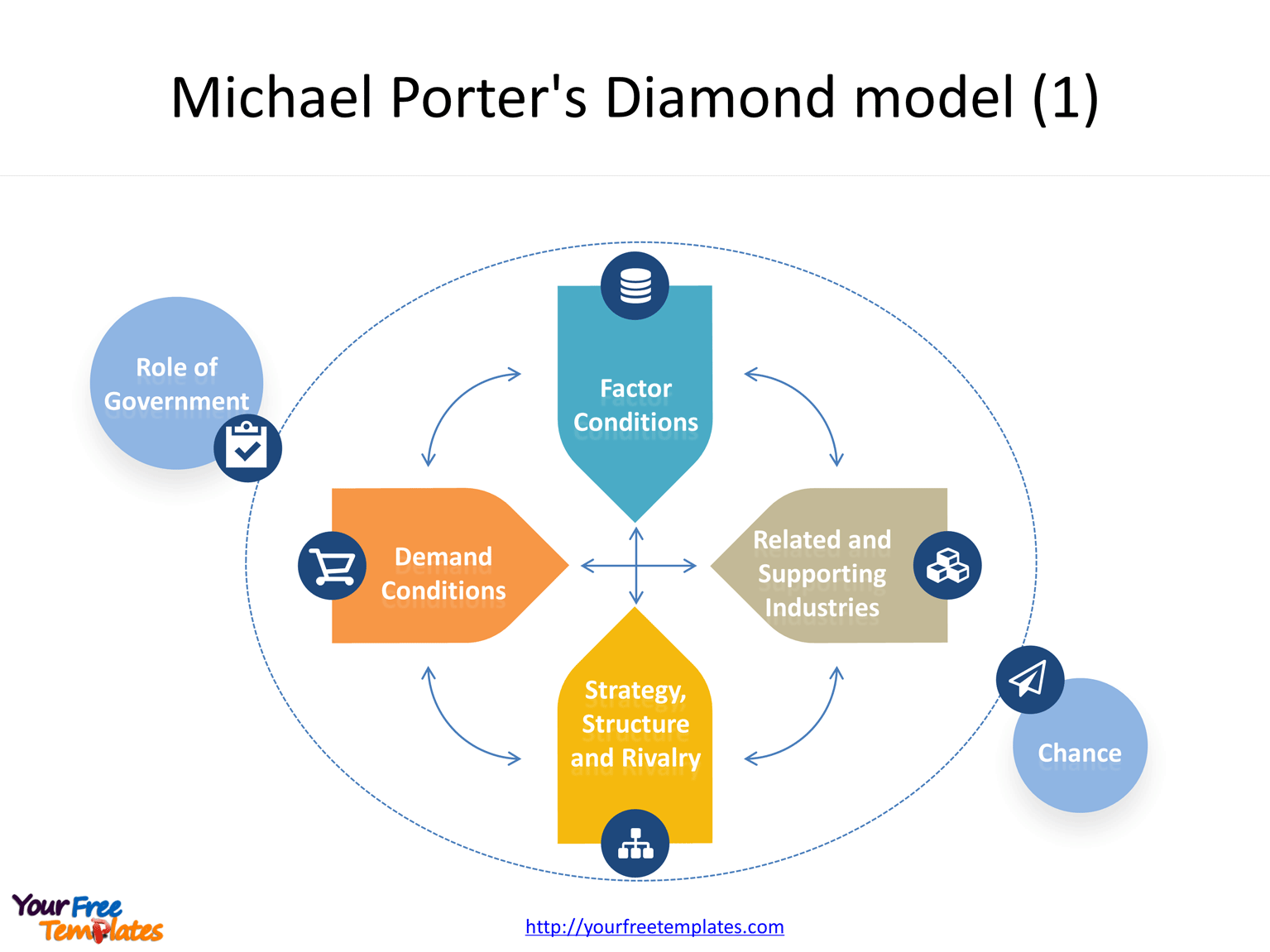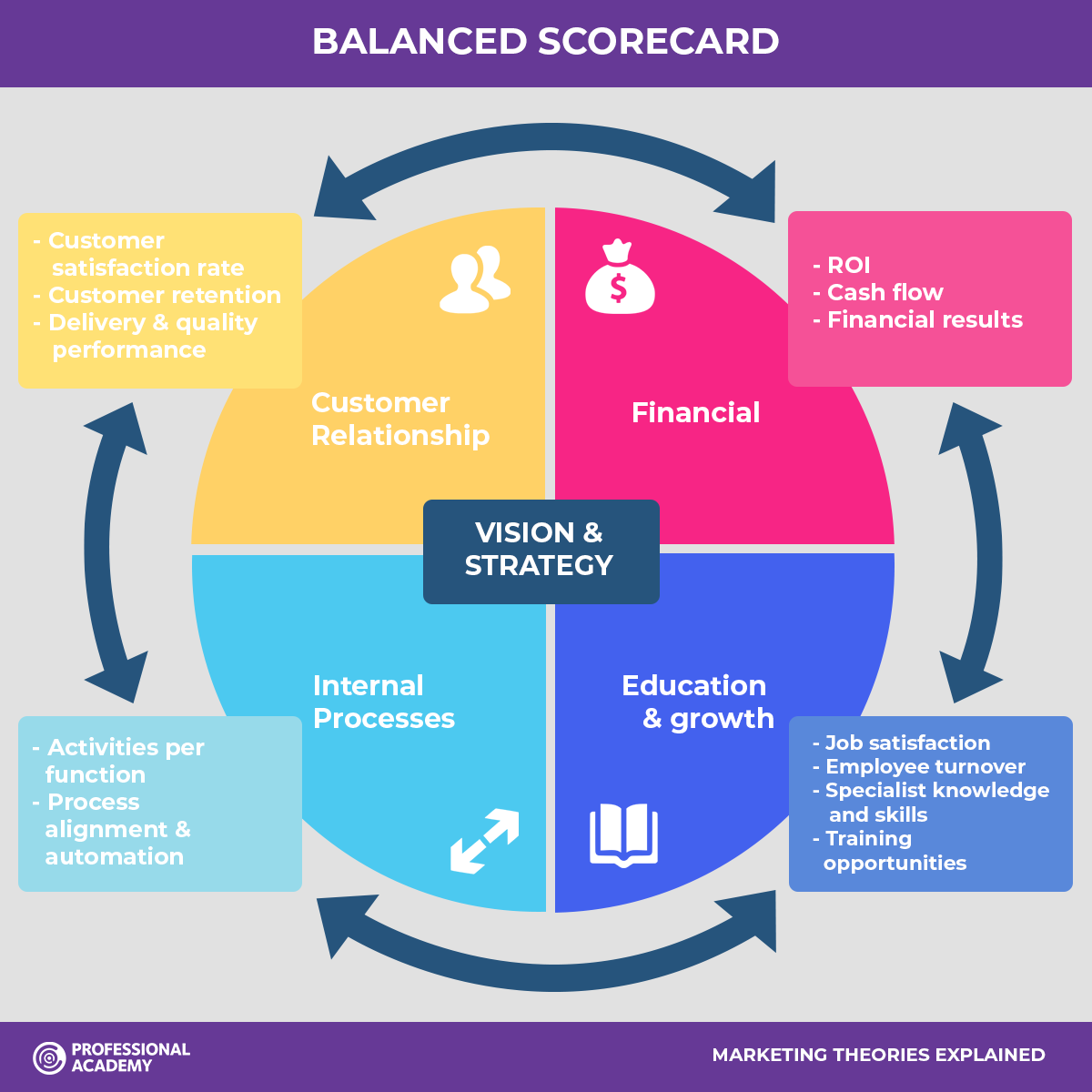Session-13-18
These sessions were about international business. It started with how the international business of Germany and Japan has developed over time after the world war. The discussions revolved around management and the role of MNC's, the competitive advantage of nations and quality management. We understood the opportunities and challenges that arise as we indulge in international business. Some of the opportunities include increased profits and customer base and have better access to resources in various countries. Challenges may include coping with the appearance of new competitors and dealing with increased uncertainty and fear. Moving forward we discussed the nature of international business. There are usually 3 main global perspectives with which international business is being conducted, namely; Ethnocentric Attitude, Polycentric Attitude, Geocentric Attitude. We understood these withheld of various examples- McDonald's follow a polycentric approach as evident from variations in its menu's for America and India, Microsoft follows a geocentric approach as evident from the fact that Ms Office tools are used by consumers all over the world etc. We also learnt various merits and demerits associated with each of these approaches.

Moving forward we discussed various forms of international business. Exporting basically means the transfer of goods and services from the parent company ( manufacturing) to the host country (consuming). Some of the major exports in India are petroleum products, automobiles, precious stones and metals etc. Continuing further we understood licensing agreement and how it’s different from exports. In such a case the parent company shares the technical know-how with the host company. Such an agreement would allow the host company to earn revenue from the property of the parent company. Apart from these other forms of international business are :
- Management Contracts
- Subsidiaries
- Joint Ventures and Strategic Planning.
Outsourcing was another main concept. Outsourcing is the business practice of hiring a party outside a company to perform services or create goods that were traditionally performed in-house by the company's own employees and staff. It helps in cutting costs as materials or labour is purchased from the cheapest places. Some examples of the same might be IT work performed by low-cost programmers in India and Eastern Europe or labour-intensive manufacturing industries using cheap labour from China. We discussed a small article related to effective communication in different international locations and the importance of identifying various cultural differences in the smooth functioning of the organization. We talked about how companies can recognise these differences and improve the process of communication between employees in different countries. Through presentations made by students on NAFTA, SAFTA, SAARC, European Union; we got deep insights into these trade agreements. These presentations mainly held answers to when was the agreement signed, the purpose of the agreement, objectives for negotiating the agreement, countries involved, pros and cons of each and changes brought into various economies after their implementation. We also discussed an article by Michael Porter, one of the foremost authorities in strategic management and competitive management. The article talks about how companies can succeed in the international market with the help of innovative ideas or products and then it talks about different types of innovations like the company can develop a new idea or they can innovate in the advertisement of the product. An example given in the article, of innovation leading to competitive advantage was that some companies in Japan had emphasized compact models of home appliances to bring something new to the table. The second part of the article was Porter's diamond model. Porter's diamond model has four determinants of competitive advantage: demand conditions, factor conditions, presence of related and supporting industries and company strategies. Factor conditions refer to a country's resources, such as labour and natural resources, while demand conditions refer to local demand for a company's products and services. Porter's forces determine a company's competitive environment, which affects profitability.






No comments:
Post a Comment